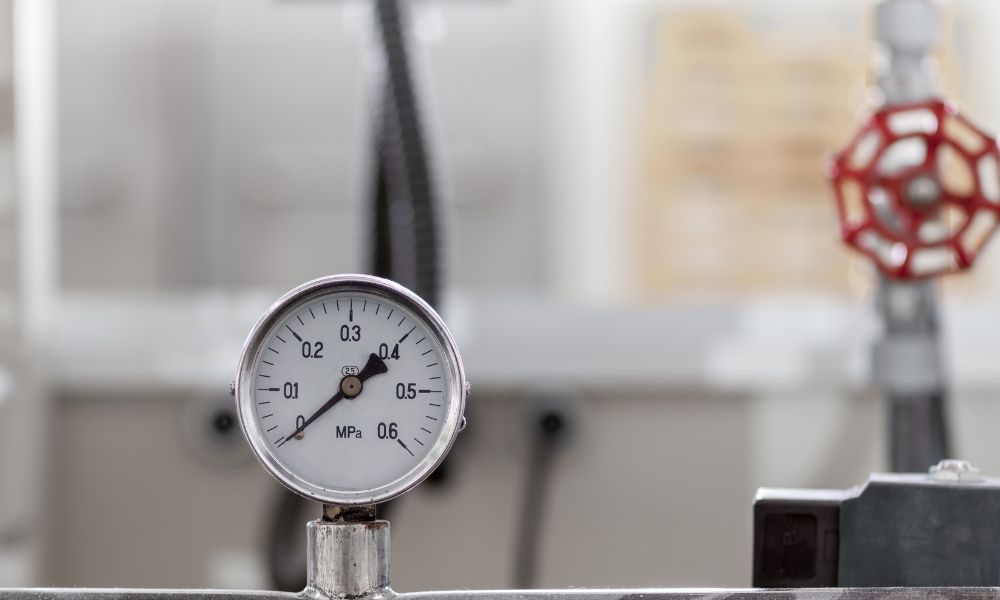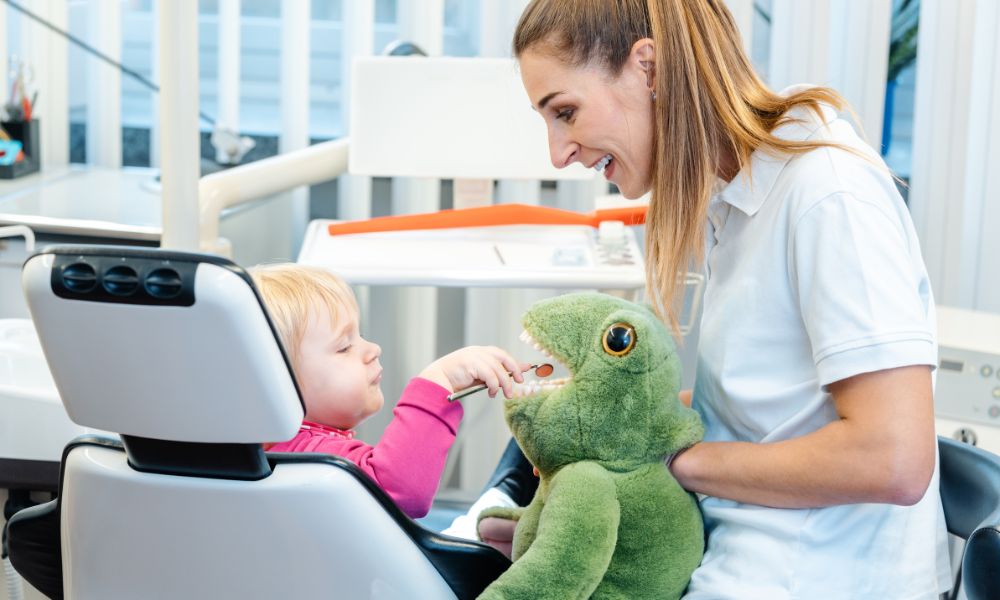The origins of the anesthesia machine are humble, as it was first created to deliver gases to patients. From that, it evolved into a sophisticated, computer-assisted monitoring system and anesthesia delivery machine. Though it does the same job it always has, it now works more efficiently and with better safety systems and control. As technology improves, the opportunities for problems and break downs increase, as true with any machine. The more complex a system becomes, the more chances there are for problems. Anesthesia machines don’t have room for error, however, so medical staff must regularly maintain and repair them. The common problems with anesthesia machines can result in major issues for hospital staff and surgeons.
Low Pressure
Anesthesia machines deliver medical gases to patients to keep them asleep during surgery. Those gases must come at a consistent rate. When the pressure of those gases falls, the patient doesn’t receive as much anesthesia as necessary to stay asleep. Low pressure in an anesthesia machine could mean many things, all of which require checking. A low pressure alarm will sound when levels dip below a set point. When that happens, the tech will check for leaks at every point along the way, starting at the patient and working their way back to the machine. If they do not discover a leak, they will then inspect the sensors to make sure they are positioned correctly and functioning properly.
Hypoxic Gas Mixture
Oxygen must always be present in the breathing gases of an anesthesia machine. Hypoxic gases occur when the level of oxygen in the mix is less than that of natural air, to the extent that there is a strong chance of physiological effect. Hypoxic gas mixtures occur in a hospital setting when the mix contains less than 21% oxygen, which will sound an alarm. Though this is a common problem for anesthesia machines, it has an easy fix. If the patient is hooked to the circuit and the alarm sounds, a technician should put them on 100% oxygen and check the oxygen sensor reading. Then, they should recalibrate the sensor.
Flowmeter Problems
The job of a flowmeter in an anesthesia machine is to report the rate of the gas. This device measures the volume of the gas, so the tech will know if they are delivering the right amount of gas to the patient. When a flowmeter malfunctions, it can look like a leak in the system or improper gas composition. A broken meter can lead to a hypoxic mixture or an insufficient gas volume. If a technician suspects a broken flowmeter, they should check the floating bobbin to make sure it’s not stuck. From there, they will check for leaks around the meter.






